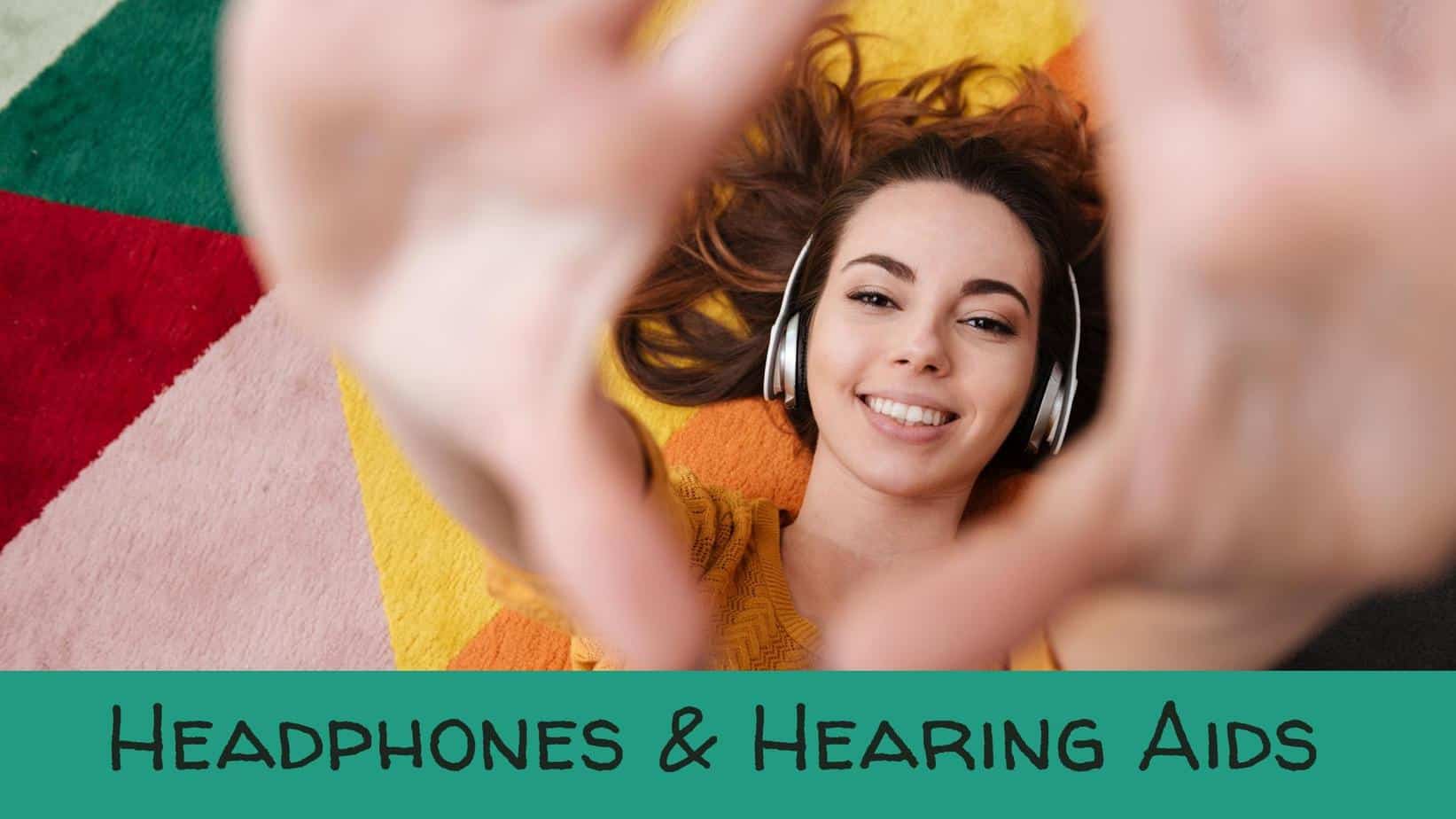
Headphones & Hearing Aids
Music lovers are some of the people who benefit most from hearing aids. Though they might have lost the ability to hear certain frequencies, hearing aids can bring back the full-spectrum sound that they covet. Without needing to listen to such high volumes that family members and neighbors are annoyed, hearing aids make it possible to have a home listening environment that captures it all. Even concerts are more enjoyable, including the soft jazz combo in an intimate setting that might have seemed muted or muffled before.
If you are a music lover, you are likely quite grateful for your new hearing aids, but one difficulty might remain: wearing headphones. Certain styles of headphones are incompatible with hearing aids, and earbuds are out of the question. Although wearing headphones with hearing aids can come as a challenge, audiologists are encouraging that everyone should be able to find the right solution for a personal music-listening environment.
Bluetooth Music Sync
One of the best options available for music lovers is to acquire a pair of hearing aids that are Bluetooth compatible. These aids can bypass the need for headphones altogether. Functioning much like earbuds would have done, these devices can sync with your media player and send music directly to your ears. Without the need for an external device, you can still hear the environmental sound that is necessary through hearing amplification. Many people enjoy the integration of not only music but also phone calls, notifications, Internet radio, and the audio for television and video through Bluetooth. Some audiophiles, however, are looking for a different type of listening experience that Bluetooth doesn’t necessarily afford.
Over-the-Ear Headphones
Many hearing aids are compatible with over-the-ear headphones, offering the best audio quality with the amplification you need. Finding the right match will be the task facing you. Earbuds tend not to work with headphones, so try looking for a pair of over-the-ear headphones with the largest size. The more area the headphones cover, the more likely they are to enclose the entirety of your hearing aids. Behind The Ear (BTE) hearing aids and Receiver In the Canal (RIC) hearing aids tend to be the most difficult to use with headphones. The placement of the microphone can make it difficult to encapsulate the entire device without getting feedback. If you have hearing aids that fit completely in your ear canal, they might be a better match with headphones, in general. Trying out a few different models will be a good way to find a pair that covers enough area to give you a total listening experience.
Modify Hearing Aid Settings
Once you have a pair of headphones that completely enclose your hearing aids, you can proceed to getting the right settings for your needs. Many hearing aids come with an app to adjust settings from a smartphone or tablet while the hearing aids are in place. This app can be quite useful for not only finding the right settings for your needs but also saving those settings so that you can load up your “headphone” profile when the time comes. You will likely want to begin with a lower volume on your hearing aids. Select a reasonable volume on your media device, and gradually add assistance from your hearing aids until the listening combination is comfortable.
If you are using too much amplification from hearing aids and too low a volume coming through your headphones, you are most likely to get feedback. Try a combination that uses a slightly higher volume on your media player that can bring down the volume on your hearing aids. You might want to adjust other noise-cancellation and frequency equalization settings on your hearing aids, if you have those controls available, achieving the most natural music sound that you can.
With these tips in place, you should be able to find a safe and effective listening experience that pairs hearing aids and headphones to the best effect. If, however, you don’t have hearing aids, you might find yourself cranking up the volume on headphones to be able to hear your music. That tendency is a great indicator that you might have hearing loss, and a combination of assistance and music amplification can help you enjoy music to the fullest!
